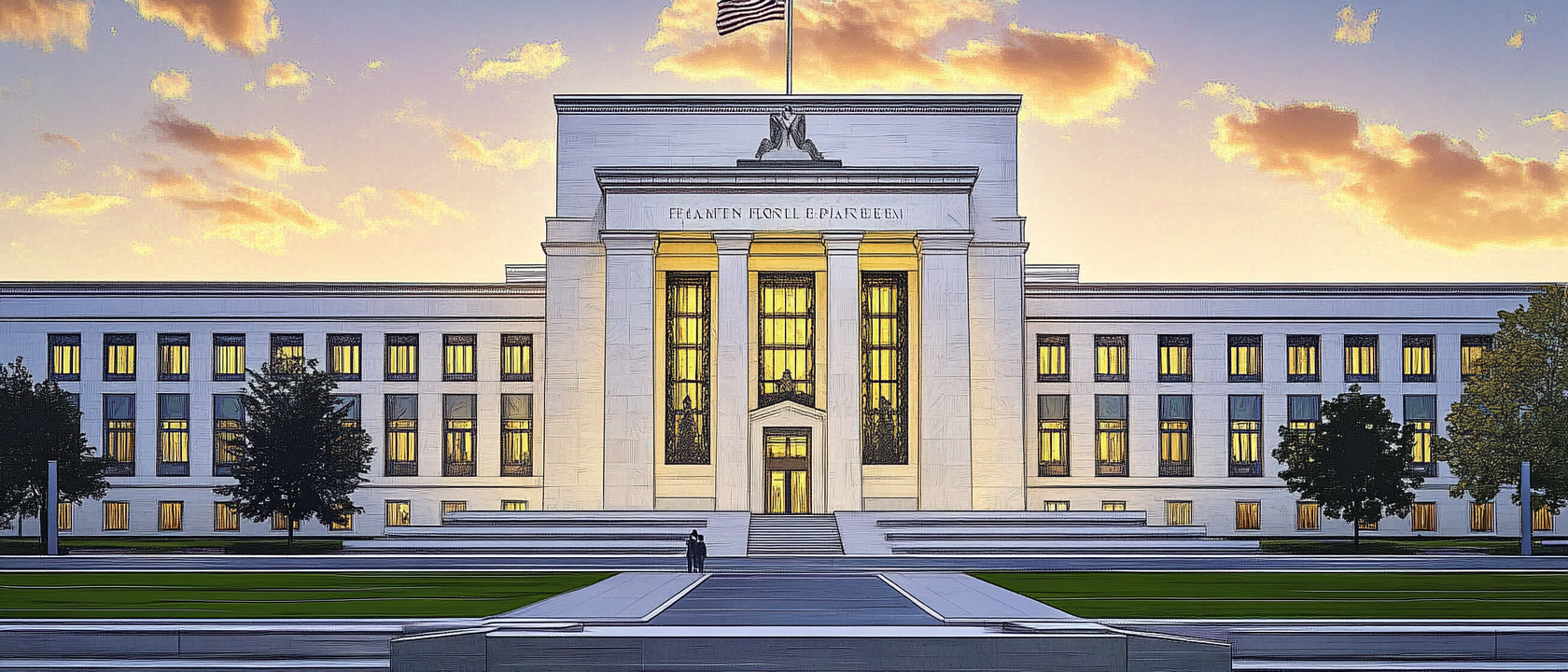

The Federal Reserve plans fewer rate cuts in 2025, citing inflation risks and uncertainty over President-elect Trump’s proposed policies, as revealed in December meeting minutes.
Minutes from the Federal Reserve’s December 17–18 meeting revealed policymakers’ cautious stance on future rate cuts, citing persistently elevated inflation and potential impacts of President-elect Trump’s policy proposals. The Federal Open Market Committee (FOMC) voted to reduce the key interest rate by a quarter point to 4.3%, but officials signaled a slowdown in rate reductions for 2025.
The Federal Reserve signals a moderately hawkish tone in December's FOMC minutes.
— TFTC (@TFTC21) January 9, 2025
Is the tightening cycle far from over? pic.twitter.com/rZtWxUhtQ6
The FOMC minutes highlighted division among Fed officials. While some supported maintaining the current rate, a majority agreed to the December rate cut, although they noted the decision was a "close call." Cleveland Fed President Beth Hammack dissented, favoring no change in rates.
The Fed stated it was “at or near the point” where a slower pace of easing would be appropriate. Policymakers projected only two rate cuts in 2025, down from earlier expectations of four, which would leave borrowing costs elevated for businesses and consumers.
Inflation remains a pressing issue for the Fed. The minutes noted that “almost all” participants acknowledged heightened risks of inflation staying elevated, driven by factors such as recent inflation data and potential changes in trade and immigration policy. Inflation in November reached 2.4%, above the Fed’s 2% target, with core inflation (excluding food and energy) hitting 2.8%.
Fed staff economists also presented scenarios factoring in President-elect Trump’s proposed tariffs, which could elevate inflation further. Goldman Sachs estimated that Trump’s tariff policies might push inflation up by 0.5% later in the year.
The decision and subsequent minutes impacted financial markets. Stocks and bonds dropped sharply following the December announcement, while commodities like gold and crude oil saw gains. The yield curve steepened, with the 3-month/10-year spread returning to positive territory, its steepest since October 2022.
The Fed remains cautious amid uncertainty surrounding Trump’s economic policies. Staff economists provided “placeholder assumptions” on potential fiscal, trade, and regulatory changes, predicting slower economic growth and firm inflation. Fed Chair Jerome Powell emphasized the importance of monitoring inflation and other economic indicators closely.
Economists expect fewer rate cuts in 2025, with Fed officials adopting a “careful approach” to monetary policy. The focus on managing inflation and assessing the impact of the incoming administration’s policies underscores the Fed's commitment to maintaining economic stability. However, the Fed's stance is likely to remain a point of contention, particularly as markets grapple with the implications of potential policy shifts.